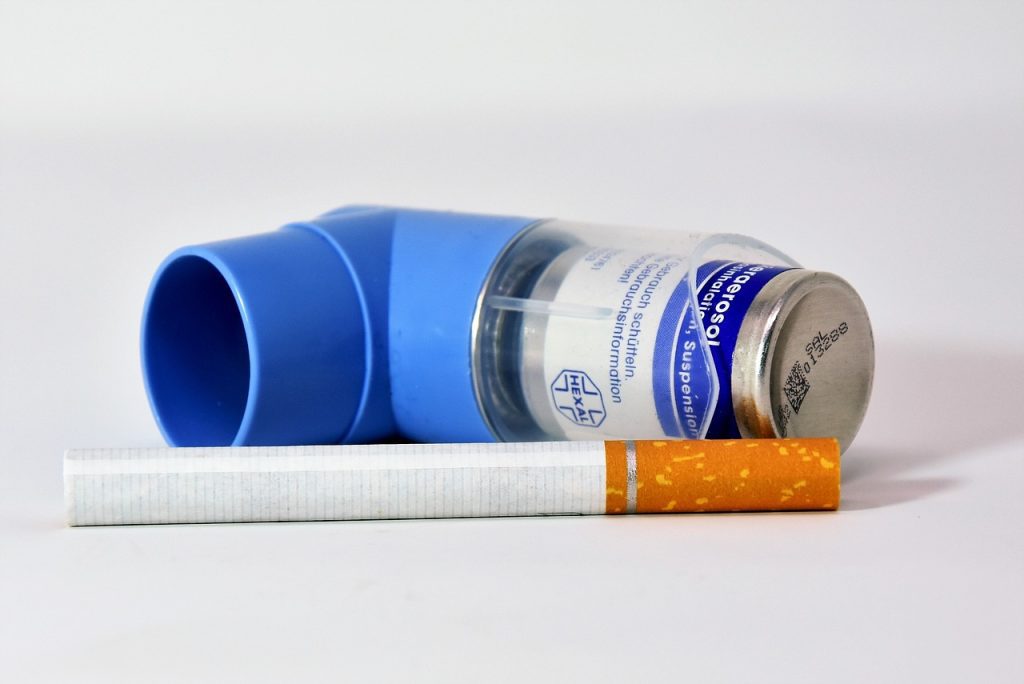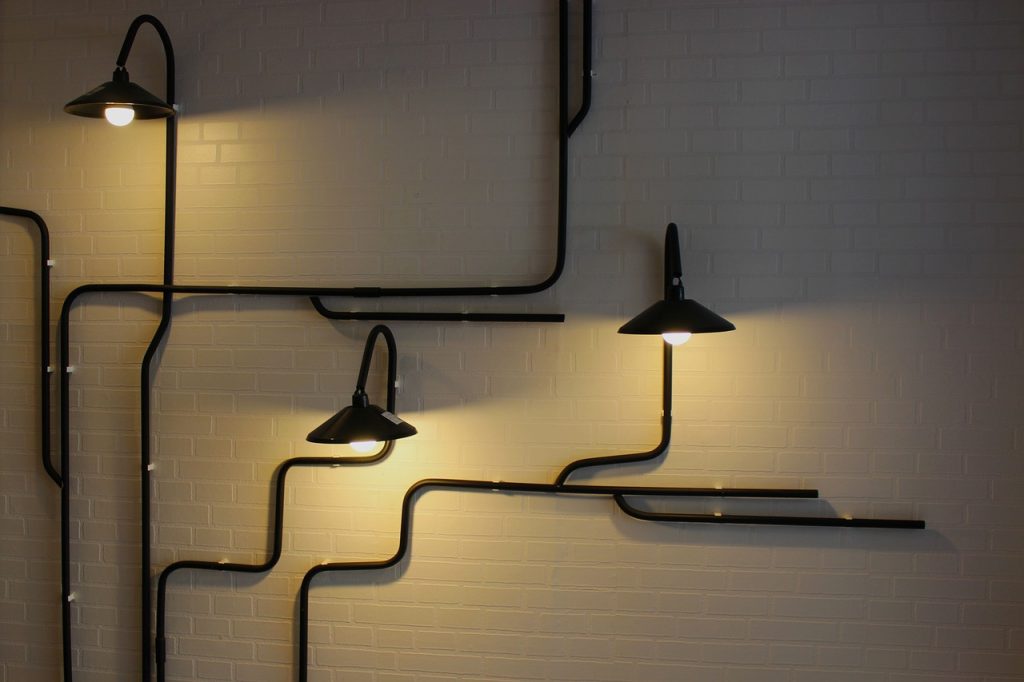Air purifiers remove impurities from the air, such as dust, pollen, mould spores, and pet dander. These devices have become increasingly popular in recent years. More and more people are becoming aware of the negative effects that poor air quality can have on their health. Let’s look at some of the benefits of air purifiers and why they are becoming an increasingly important part of many homes and workplaces.
Removing Pollutants from the Air

One of the main benefits of air purifiers is their ability to remove pollutants from the air. These pollutants can include things like dust, pet dander, and mould spores, which can cause allergic reactions and other health problems. Air purifiers use a variety of different filtration methods to remove these pollutants. This includes HEPA filters, activated carbon filters, and UV-C light. By removing these pollutants from the air, air purifiers can help to improve the overall air quality in a home. This, in turn, reduces the risk of health problems.
There are several different types of air purifiers, each using different methods to clean the air. The most common types of air purifiers include HEPA filters, activated carbon filters, and ozone generators.
HEPA filters, which stands for High-Efficiency Particulate Air, use a fine mesh to capture particles as small as 0.3 microns in size. These filters are able to remove 99.97% of particles from the air. This makes them extremely effective at removing dust, pollen, and other allergens.
Activated carbon filters, also known as charcoal filters, use adsorption to remove pollutants from the air. Adsorption is the process where a substance, in this case activated carbon, attracts and holds onto other substances, such as VOCs and odours. The activated carbon has a high surface area and a porous structure which allows it to adsorb a large amount of pollutants.
Ozone generators use high-energy ultraviolet light to create ozone, a highly reactive gas. Ozone is able to oxidise and neutralise pollutants in the air, such as bacteria and viruses. However, ozone generators are not recommended for use in occupied spaces as ozone can be harmful to human health.
In addition to these methods, some air purifiers also use UV-C light, photocatalytic oxidation, and ionisation to remove pollutants from the air.
Removing Odours from the Air

Other benefits of air purifiers is their ability to remove odours from the air. Many air purifiers use activated carbon filters, which are highly effective at absorbing and neutralising a wide variety of odours. This can be particularly beneficial for homes where there are pets, smokers, or other sources of strong odours.
One common type of air purifier is the activated carbon filter. These filters contain activated carbon. This is a highly porous material that is able to adsorb a wide range of chemicals, including odours. When air passes through an activated carbon filter, the odours in the air are adsorbed by the carbon, effectively removing them from the air.
Generating Ozone with Electricity
Another type of air purifier is the ozone generator. These devices use electricity to generate ozone, a powerful oxidizer that can neutralise many types of odours. Ozone generators are often used in commercial settings, such as hotels and restaurants, to neutralise strong odours.
A third type of air purifier is the photocatalytic oxidizer. These devices use ultraviolet light to generate hydroxyl radicals. These radicals are highly reactive and can neutralise a wide range of volatile organic compounds (VOCs), including odours.
In addition to these types of air purifiers, some devices use a combination of methods to remove odours from the air. For example, some air purifiers use a combination of activated carbon filters and UV lights to remove odours and other impurities from the air.
It’s important to note that air purifiers are not a substitute for good ventilation, keeping the sources of odours clean and also regular cleaning of air filters. However, by removing these odours from the air, air purifiers can help to improve the overall indoor air quality and make the space more pleasant to be in.
Overall, air purifiers are an effective way to remove odours from the air. The type of air purifier you choose will depend on the specific odours you need to remove, as well as the size of the space you need to purify.
Decreasing Respiratory Problems

Air purifiers can also help to reduce the risk of respiratory problems. Many people suffer from respiratory problems such as asthma and allergies, and these conditions can be exacerbated by poor air quality. Air purifiers can help to reduce the amount of allergens and other pollutants in the air, which can help to reduce the severity of these problems and improve overall respiratory health.
These pollutants, such as dust, mould, and chemicals, can cause a variety of respiratory problems, including asthma, allergies, and lung infections. By using an air purifier, individuals can reduce their exposure to these pollutants and decrease their risk of developing respiratory problems.
One way that air purifiers reduce the risk of respiratory problems is by removing particulate matter from the air. Particulate matter, also known as PM, is a mixture of solid particles and liquid droplets found in the air. These particles can be as small as 0.1 microns, which is small enough to enter the lungs and cause respiratory problems. Air purifiers use filters to capture these particles, keeping them out of the air and reducing the risk of respiratory problems.
Removing Volatile Organic Compounds
Another way air purifiers reduce the risk of respiratory problems is by removing volatile organic compounds (VOCs) from the air. VOCs are chemicals that are released into the air by products such as paint, cleaning supplies, and personal care products. These chemicals can cause respiratory problems, such as irritation of the eyes, nose, and throat, and can even lead to cancer. Air purifiers that use activated carbon filters can remove these chemicals from the air, reducing the risk of respiratory problems.
Air purifiers can also help reduce the risk of respiratory problems by removing mould and bacteria from the air. Mould and bacteria can grow in damp environments, such as bathrooms and basements. When these microorganisms are present in the air, they can cause respiratory problems, such as allergies and lung infections. Air purifiers that use UV-C lights can kill these microorganisms and remove them from the air, reducing the risk of respiratory problems.
Air purifiers are an important tool for reducing the risk of respiratory problems. They remove particulate matter, VOCs, mould, and bacteria from the air, keeping the air clean and reducing the risk of respiratory problems such as asthma, allergies and lung infections. It is important to note that the effectiveness of air purifiers vary based on the type of filter they use, regular maintenance of the filter and the quality of the air purifier.
Improving Overall Energy Efficiency

Finally, air purifiers can help to improve the overall energy efficiency of a home or workplace. By removing pollutants from the air, air purifiers can help to reduce the amount of dust and dirt that accumulates on heating and cooling equipment. This can help to improve the overall efficiency of the equipment and reduce energy costs.
For a start, air purifiers can help reduce the amount of dust and other particles that collect on heating and cooling equipment. This can help make the equipment more efficient by reducing the amount of work it needs to do to keep the air in the home comfortable. For example, if a furnace filter is clogged with dust, the furnace needs to work harder to push air through the filter. An air purifier can help keep the filter clean, reducing the amount of energy needed to heat or cool the air.
Improving Indoor Air Quality
Additionally, air purifiers can help improve indoor air quality, which can help people breathe better and feel more comfortable. When the air inside a home is clean and free of pollutants, people are less likely to develop respiratory problems or allergic reactions. This can help reduce the number of sick days and doctor visits, which can help save money on healthcare costs.
Also, air purifiers can help reduce the amount of energy needed to ventilate a home. Fresh air is important for good health and comfort, but it can be expensive to bring fresh air into a home. An air purifier can help remove pollutants from the air, which means that the air inside a home is cleaner and fresher, reducing the need to ventilate as often. This can help save energy and reduce utility bills.
Overall, air purifiers can help improve the overall energy efficiency of a home by reducing the amount of dust and other particles that collect on heating and cooling equipment, improving indoor air quality, and reducing the amount of energy needed to ventilate a home. This can help save money on energy bills and improve the health and comfort of the people who live in the home.
Wrapping Up the Benefits of Air Purifiers
In conclusion, air purifiers offer a range of benefits for improving indoor air quality, reducing health risks, and increasing energy efficiency. As awareness of the importance of good indoor air quality increases, air purifiers are becoming an increasingly important part of many homes and workplaces. Whether you’re looking to improve your overall health, reduce your risk of respiratory problems, or simply make your home or workplace a more pleasant place to be, an air purifier is a valuable investment to consider.
Looking for more cool articles about air purifiers? Then head over here and check them out. And don’t forget to check out our blog, that also has tones of posts about how to live your best life.
Read More
- Cognitive-Behavioural Therapy for Weight Loss
- Joint Health: 8 Ways to Protect Your Joints
- 10 Foods That Can Help Clear Up Acne
- Improving Self-Awareness to Increase Your Emotional Intelligence
- 7 Strategies for Increasing Your Social Skills
Disclaimer: The information provided on Healthy Lifestyles for All is intended for general educational purposes only and should not be considered as medical advice. Please consult with your GP or other health professional before making any significant changes to your diet, exercise routine, or any other aspect of your lifestyle. We are not responsible for any adverse effects or consequences resulting from the use of the information provided on our blog.
Comments: I hope you enjoyed reading this post as much as I enjoyed writing it. If you liked it, please leave a comment. If you didn’t like it, disagree with something I have written (I’m okay with that), or think I got something wrong (that’s okay too), please leave a comment as well. We only truly learn from our mistakes, so I am happy to have mine pointed out.
Affiliate Links: Please also note that I may make a small amount of money if you buy one of the products I recommend in any of my blog posts. Rest assured that I have done my own due diligence, and only recommend products that have been tried and tested, and have extremely good feedback. Additionally, many of the products I recommend have 30 or 60-day money-back guarantees, so you can buy in the confidence that if a particular product is not right for you, you can get a refund.

